The essential guide to sports mouthguards
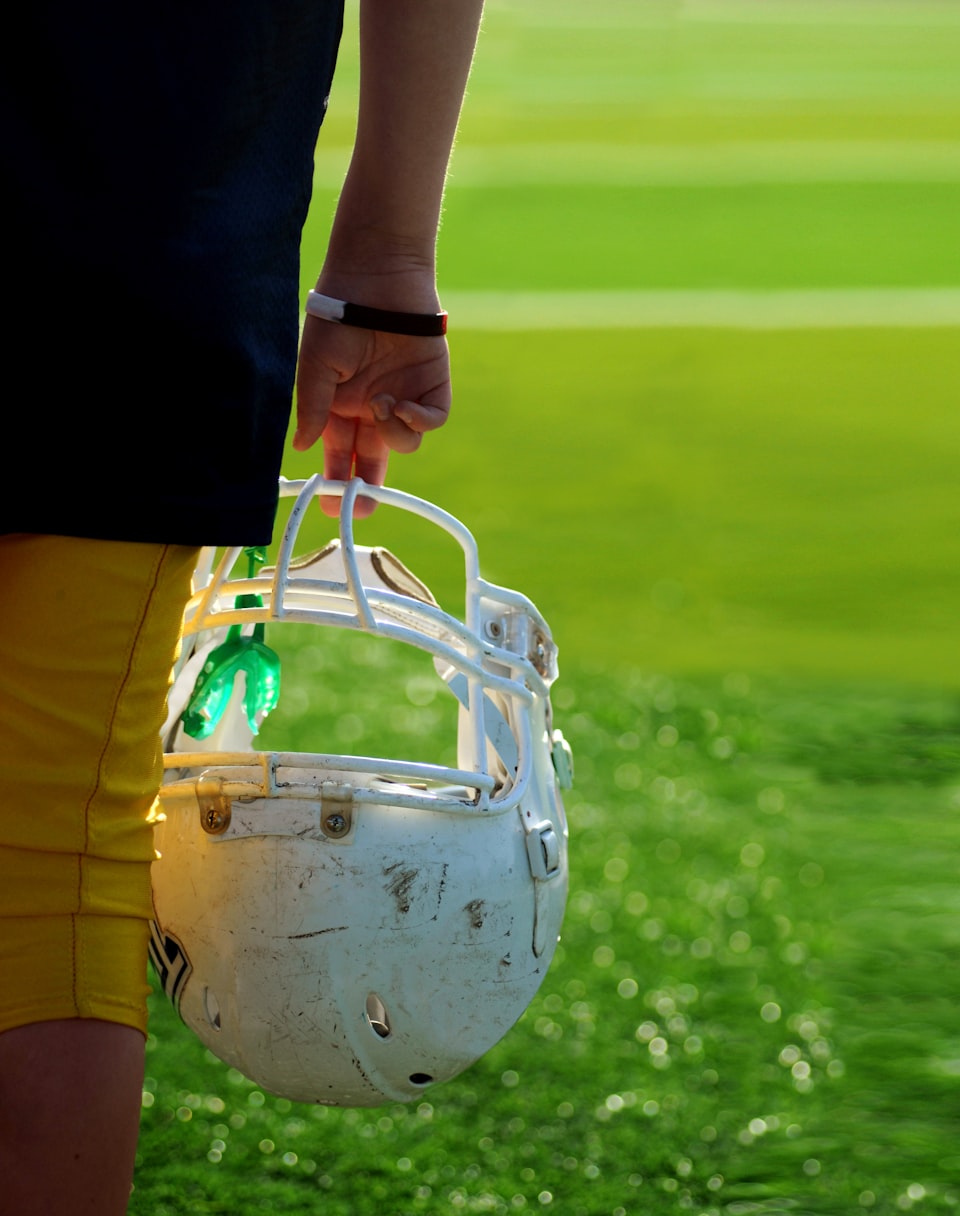
Injuries in sports and other physical activities are unavoidable. And if the injury occurs to the mouth or face, the ramifications can drastically impact an athlete’s life and career. Thankfully, head injuries in sports declined over the past decade as more focus was placed on concussions, traumatic brain injuries, and the importance of sports helmets. However, not as much attention has been paid to preventing dental injuries.
Studies have shown that dental injuries account for around 30% of all injuries in sports and result in more than 600,000 emergency room visits each year. According to the National Youth Sports Safety Foundation, more than 3 million teeth are avulsed, or knocked out, during sporting events annually, leading to a replacement cost of more than $500 million.
The best defense against dental injuries is to wear a mouthguard. And not just any mouthguard. The American Dental Association (ADA) and the Academy for Sports Dentistry (ASD) recommend wearing "a properly fitted mouthguard to reduce the incidence and severity of oral injury in sporting or recreational activities, particularly activities with significant risk of dental trauma or orofacial injury."
According to the ADA, athletes who don’t wear a mouthguard are up to 60 times more likely to suffer a dental injury! And yet, despite these strong recommendations, regulations and mandates are lacking among athletic organizations, even for sports where the probability of orofacial injuries is high, like basketball, soccer, and cycling.
This article addresses the most common questions about sports mouthguards, including why they are important, how they work, how much they cost, and how to care for them.
What types of injuries can mouthguards prevent?
Before we discuss how mouthguards work, and how to choose them, it is important that we emphasize why it is important to wear them. Primarily, mouthguards are defensive equipment. They protect the wearer from probable impact to the mouth and face.
This list presents five common types of orofacial injuries that occur during sports and related activities:
- Tooth avulsion. When an entire tooth, including the root, is knocked out of the mouth.
- Tooth fracture. When a tooth is cracked or chipped and can vary in severity.
- Tooth luxation. When a tooth is pushed down further into, further sideways, or further out of, the gums
- TMJ injury. The TMJ, or the temporomandibular joint, connects the lower jaw to the upper jaw.
- Tissue laceration. When the lips, cheeks, tongue, or gums are cut or bruised upon impact from sharp edges of teeth. This is a particularly acute concern for athletes who wear braces.
Can mouthguards reduce the chance of concussions?
A recent study claims that mouthguard use lowered the odds of concussion by 64% among youth ice hockey players in Canada. However, these and other claims--some dating back more than two decades--that mouthguards can prevent concussions are still considered controversial, or, at best, inconclusive. Research on the possible connection between mouthguard use and concussions is ongoing.
How do mouthguards work?
The Academy for Sports Dentistry defines a mouthguard as a resilient device that is placed inside the mouth between the teeth-gum structure and the lips. The design of a mouthguard offers the following protections against orofacial injuries:
- Blocks the teeth from cutting the lips, tongue, or cheeks
- Redistributes the force that might otherwise dislodge or fracture a tooth
- Protects the gums from bruising
- Reduces the force of impact to the TMJ
The image below illustrates the damage that can occur to the mouth, lips, teeth, and jaws when sports mouthguards aren't worn.

What are mouthguards made of?
Mouthguards, or "gum shields," were originally developed for boxers in 1890 by Woolf Krause, a dentist in London, England. The material that Krause used was gutta-percha latex, a rigid, rubber-like substance, which could only be used once. His son, Philip, who was an amateur boxer, later refined his father’s design and made the gum shields from reusable Vella rubber.
Modern mouthguards are typically made with durable, elastic materials that can last several months, depending on the extent of use. In the United States, mouthguard manufacturers are required to use non-toxic materials approved by the Federal Drug Administration. Among the approved FDA, materials are EVA copolymers, soft acrylic resin, medical grade silicon, polyvinyl chloride, polyvinyl acetate-polyethylene (pEVA), and elastomers.
As mentioned earlier, dentists emphasize that sports mouthguards should be “properly fitted.” That's because a poorly fitted mouthguard will not be as effective against impact. Most mouthguards made for contact sports are typically 3-6 millimeters thick. The thicker the mouthguard, the more effective it is at absorbing the force of impact.
However, a thicker mouthguard is also less comfortable for the wearer. That’s why a custom-made mouthguard designed by a dentist and optimized for thickness based on your sport provides the best combination of protection and comfort. In other words, custom mouthguards can be made as thin as possible without compromising effectiveness. Also, a comfortable mouthguard should extend as far back as the first or second molars (just before the wisdom teeth), depending on the athlete's anatomy. Custom mouthguards also don’t interfere with speech or breathing. (We will discuss the benefits of custom mouthguards in the next section.)
The Sports Medicine Advisory Committee of the National Federation of State High School Associations recommend mouthguards that are constructed according to an impression of the individual’s teeth and surrounding tissues. They also state that the ideal mouthguard should: fit between the upper and lower teeth without hampering breathing, stay in position on its own, be resistant to deformation from chewing, and be easy to remove.
What are the three primary types of mouthguards, and what makes them different?
Sports mouthguards fall under three main categories:
- Stock mouthguards
- Boil-and-Bite mouthguards
- Custom mouthguards
Stock mouthguards
Stock mouthguards are over-the-counter devices with limited sizing options. They are the least expensive option of the three mouthguard types. Because they don't provide a tight (custom) fit, the athlete may need to frequently clench their teeth together to keep the device in place. This can lead to unintelligible speech and difficulty breathing during wear. A stock mouthguard is also more likely to be dislodged upon contact. In general, stock mouthguards do not meet the basic ASD’s requirements of a “properly fitted mouthguard.”
Boil-and-bite mouthguards
Boil-and-bite mouthguards are a popular choice for most amateur athletes. They are made with a thermoplastic material that softens when heated (in boiling water or a microwave). The user takes the warm mouthguard and immediately places it in their mouth, bites down, and molds it to fit with their fingers before it hardens upon cooling. Although boil-and-bite mouthguards offer a tighter fit than stock mouthguards, the thickness, material choice, and overall design cannot be customized to the degree that a professional dentist can accomplish in their office or lab.
The Game On mouthguard is the only boil-and-bite device that has received the ADA seal of approval. This brand also makes a version that can be worn over braces.
Custom mouthguards
Custom mouthguards are molded from scratch using a true impression, or 3D scan, of the athlete’s mouth. During the molding process, the material properties and dimensions can be optimized to create the thinnest and lightest possible device that can withstand the maximum force expected in specific sports. Because of their exact fit in the mouth, custom mouthguards also tend to last longer than store-purchased guards, which can shift or be dislodged upon impact. Athletes report that custom mouthguards are more comfortable, and they breathe better.
Although most custom mouthguards are made by dentists, some companies now offer kits that allow athletes to take their own dental impression in their homes and ship it to the manufacturer for fabrication. That impression is then used to fabricate a stone model, which is then used in special vacuum technology to create the mouthguard. Superheated plastic is layered over the mouthguard to the proper thickness to make the device even more durable. Team colors and graphics can be added to the device at this stage if that is the athlete's desire.
When comparing the three types of mouthguards, it is clear why custom mouthguards are the #1 recommendation by dentists.
Can mouthguards be worn over braces?
For athletes who wear braces, orthodontists recommend getting a custom-made mouthguard that is molded to the athlete's braces, brackets, and teeth. The material of choice for such mouthguards is medical-grade silicon, which adapts to changes in mouth structure as the teeth are adjusted by the braces. The material can also be remolded by the orthodontist when needed. Any athlete or active person undergoing orthodontic treatment should consult their orthodontist.
How much do mouthguards cost? (And what is the cost of not wearing one?)
Mouthguards can be bought at most sporting goods stores as well as online stores like Amazon.com and can cost anywhere between $3 and $50. The Game On boil-and-bite mouthguard costs $25; other boil-and-bite mouthguards can cost up to $50. Custom mouthguards can cost as little as $50 for versions fabricated from home-kit molds to as much as $300, or more, for mouthguards that are molded and fabricated by a professional dentist.
Arguably, any mouthguard is better than no mouthguard, especially considering that the cost to replace a single permanent tooth or to repair fractured teeth and jaws, can far exceed $1500. Understandably, the relatively high cost of custom mouthguards may give athletes, or their parents, pause. But studies have shown that a properly fitted mouthguard is more effective than a loose-fitting one, and is more likely to be worn.
Is there insurance or warranty coverage for dental injuries while wearing a mouthguard?
Most mouthguard manufacturers provide one-year warranties for their products, starting from the date of purchase.
The manufacturer’s obligations under these warranties are limited to either a maximum of $35,000 in liability per incident ($1094 per replaced or injured tooth) or the actual dental expenses incurred by the mouthguard wearer in practice — whichever of the two is lesser. The numbers above may differ per manufacturer.
If any dental insurance was collected for the wearer’s injuries, the manufacturer’s obligations are automatically reduced by the amount of the collectibles. Also, the mouthguard manufacturer’s warranties are valid only if:
- Their mouthguard was fitted according to the written instructions included with the warranty.
- The manufacturer received written notice of the damage or injury within 30 days of its occurrence.
- The notice of injury is backed up by the confirmation of a licensed dentist who provided the necessary dental treatment, or the statement of a school superintendent, coach, or game official.
- The mouthguard unit in question is returned to the manufacturer along with the written notices and statements.
How long do mouthguards last (and how to care for them)?
Because mouthguards are made of flexible, elastic materials that can be eroded by saliva, chewing, or extended exposure to sunlight, they break down over time, rendering them less effective. Several other variables can impact how long your sports mouthguard lasts. For example, if a youth athlete has a mixed dentition (a mixture of baby and adult teeth) they will have to change mouthguards more frequently because they are continuously growing. Also, if a mouthguard is frequently exposed to high temperatures, it will degrade faster. Some over-the-counter mouthguards may need to be replaced sooner than others.
At minimum, mouthguards should be replaced before each new season, including if the athlete plays multiple sports. If you experience gum or tooth irritation, or see any of the following signs, it may be time to change your mouthguard: cracks, small tears, holes, loose fit, deformation, persistent odor even after cleaning, or discoloration. When in doubt, consult your dentist for their opinion on the state of your mouthguard.
How should I care for my sports mouthguard?
Despite the harsh conditions that mouthguards are subjected to, proper care can extend their life. Follow these steps to keep your mouthguard clean and in good physical condition:
- Use a soft toothbrush and antibacterial soap to lightly brush. Rinse with cool water after brushing. Do not use hot water; it can alter the mouthguard’s shape and fit. Do this before and after each mouthguard use.
- Soak the mouthguard in a glass of room-temperature water along with an antibacterial cleaning tablet once a week.
- Wash your mouthguard storage container with antibacterial soap and water and allow it to dry thoroughly to prevent bacterial growth.
- If mouthguard has an odor, use equal parts baking soda and water to form a paste and use soft brush to gently brush mouthguard. Rinse with cool water and let mouthguard dry.
- Keep mouthguards away from pets and babies.
What sports and activities are mouthguards recommended and required for?
Despite overwhelming evidence that mouthguards are effective in preventing severe orofacial injuries, very few governments or athletic associations mandate their use. Not surprisingly, the National Football Association and all professional boxing and mixed martial arts associations require their athletes to wear mouthguards; surprisingly, the National Hockey League does not. The National Basketball Association also does not require mouthguard use, but NBA players are increasingly wearing them to protect against flying elbows.
At the youth level, the National Federation of State High School Associations (NFHS) mandates mouthguards for football, field hockey, ice hockey, and lacrosse--and for wrestlers who wear braces. Some states go a bit further; for example, the Massachusetts Interscholastic Athletic Association (MIAA) also requires mouthguard use for soccer and basketball, in addition to the five NFHS-mandated sports.
If you’re an athlete or an active person, the ADA recommends that you wear a mouthguard while performing any of the 30 sports and recreational activities listed in the infographic below. Some activities are obvious: football, boxing, and basketball. Others are less so: cycling, rollerblading, horse riding, equestrian sports, skydiving, and even competitive weightlifting.
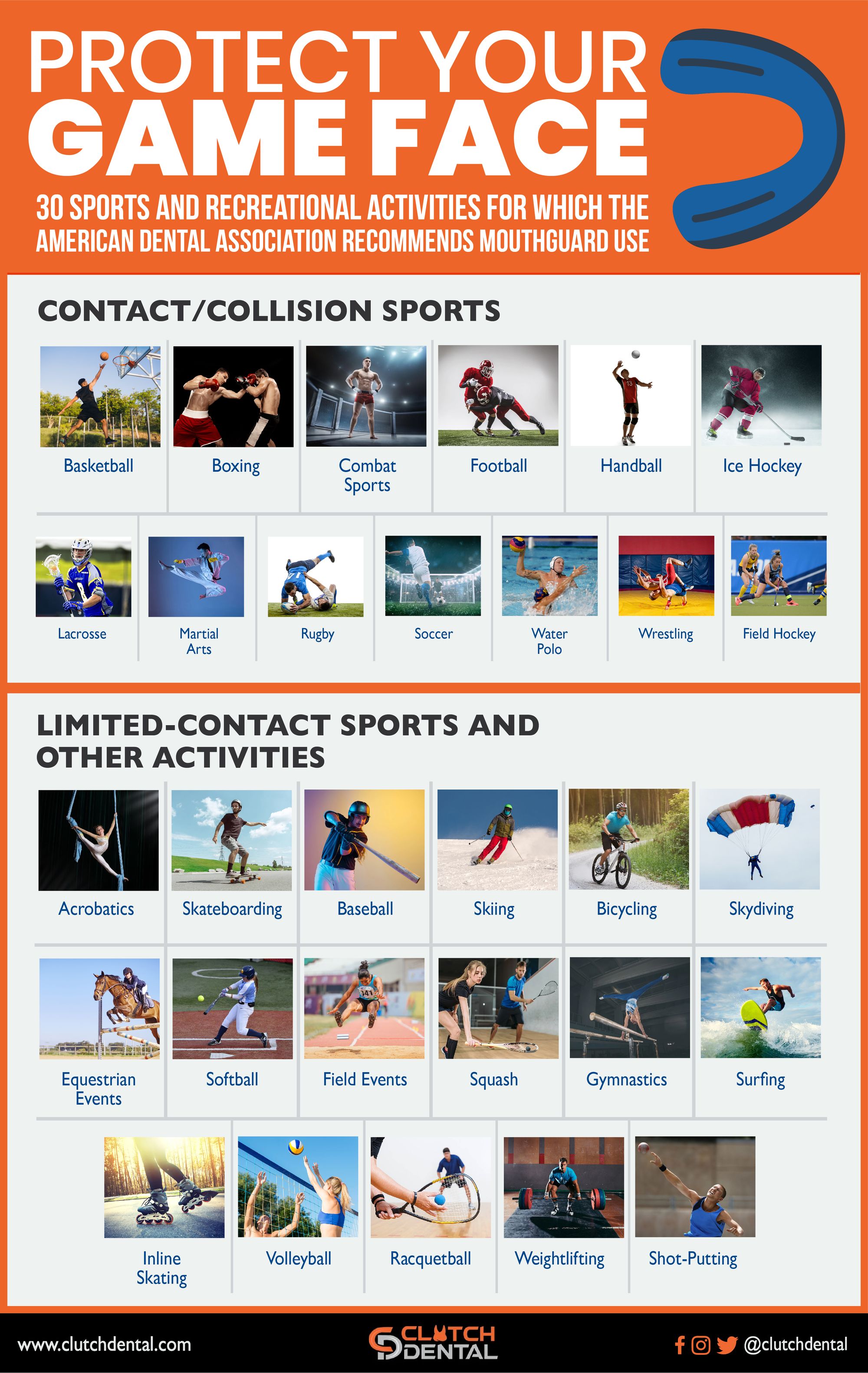
What are the latest advances in mouthguard technology?
Given that we live in the age of wearable “smart” health technology, it should come as no surprise that companies are even developing smart mouthguards. The use cases are obvious: continuously worn, sensor-embedded mouthguards can be used to monitor or regulate key biological markers that can provide information about an athlete’s health during performance.
Smart mouthguard Categories
- Impact-sensing mouthguards. These types of mouthguards are equipped with kinematic sensors that measure impact forces--including forces that could lead to concussions. That information can be communicated to athletic trainers on the sidelines and be used to determine if the athlete has suffered an injury or a concussion. The NFL has partnered with 10 franchises and four college programs to test these mouthguards. The Australian Football League (a rugby league) rolled out a similar program in 2021. They are testing a mouthguard that can detect impact forces to the head and will use the data to better understand the correlation of such collisions to concussions.
- Biometric mouthguards. These mouthguards are equipped with sensors that measure hydration levels and body temperature - in addition to impact forces. That data can help coaches or athletic trainers determine if an athlete is dehydrated or is suffering from a heat stroke during practice or a game.
- Performance-enhancing mouthguards. In addition to their protective properties, these mouthguards can readjust a misaligned jaw to its correct position, which can significantly improve an athlete’s balance, breathing (and subsequently, their endurance). They can even lower cortisol levels, which reduce athletic stress and inflammation--all of which improve performance.
Summary
As this article has shown, sports mouthguards are an essential protective piece of equipment for any athlete or active person. They are not limited to contact sports, either; the ADA recommends them for any activity with a moderate risk for facial injuries. The most important thing for athletes to consider is that a properly fitted custom mouthguard is more effective against impact--and is also more comfortable, and thus more likely to be worn.
Although dentists are doing their part to promote the use of sports mouthguards (including during National Facial Protection Month), it is also up to coaches, sports trainers, and even parents of youth athletes to understand and embrace the importance of this critical protective equipment.

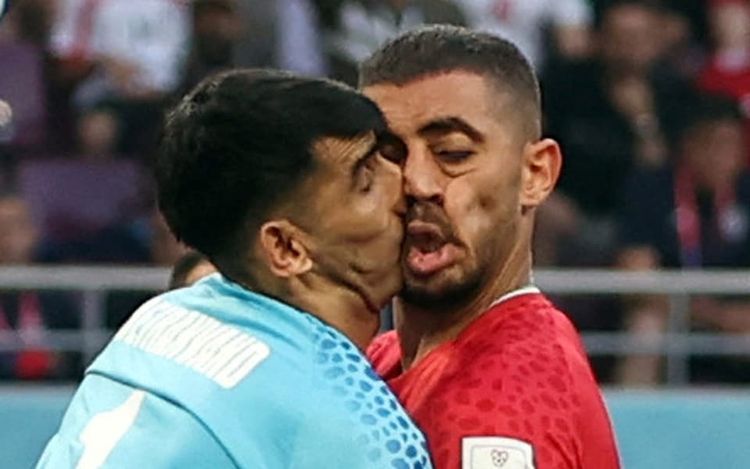
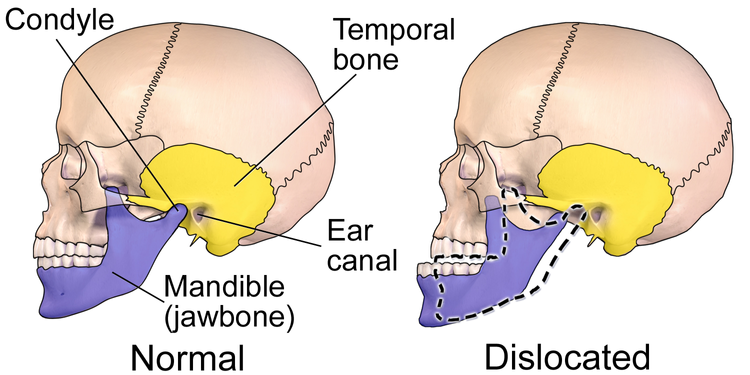

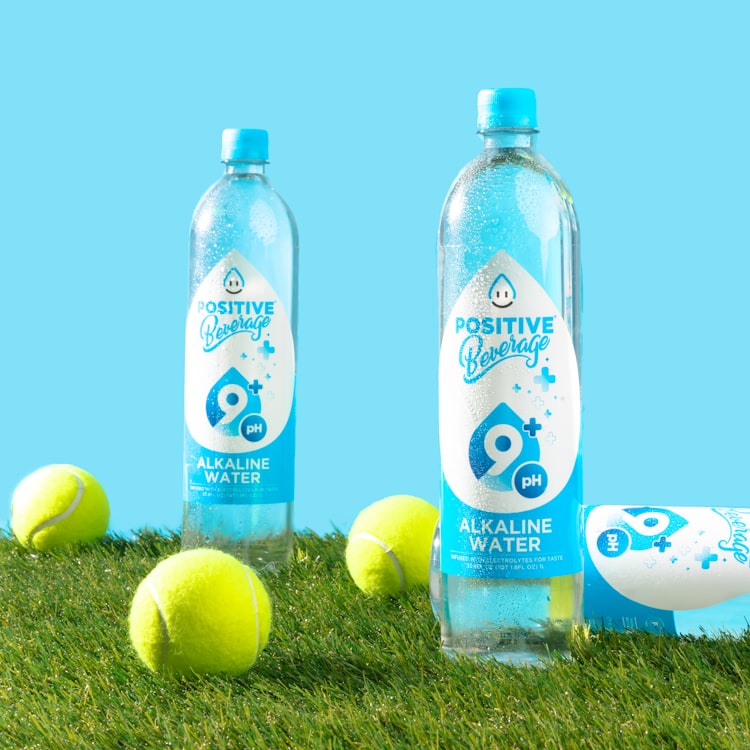

Member discussion